By Amanda Hill
I keep a close eye on food prices—mostly for my own family’s budget, but also for Texas Farm Bureau’s Grocery Price Watch. I wonder, though, how many shoppers know why food prices increase.
If you watch the news, you’ve probably heard stories about how the devastating U.S. drought—a drought that caused billions of dollars in damage to Texas crops last year—will cause you to pay more at the grocery store. The stories make it seem as though you’ll shell out a whole lot more on your next shopping trip, due directly to crop shortages from parched lands.
The truth is, crop prices only make up 14 percent of the total food cost to the consumer. Take a look at this infographic from the U.S. Department of Agriculture (USDA).
Forecasts show about a 3 percent increase this year and next—about average. And, notice the footnote under the graphic on the right. Even if the price of crops doubled, we would only pay about 14 percent more for our food.
So where does 86 percent of the food cost go? That “everything else” category affects food prices more than six times as much as commodity prices. Fuel, transportation and energy costs are nearly half of the shelf price. Packaging, marketing and other steps in the chain make up a good chunk of the rest. (If you’re interested in learning more about where your food dollar goes, check out this article I wrote last spring.)
The bottom line is, food price increases can’t be blamed on the drought—for now. Yes, we will eventually see an increase from shorter supply of corn, soybeans, beef and other agricultural products. But many believe these increases won’t be felt until early next year.
If you notice your grocery bill creeping higher, take a closer look at “everything else.” Shame on anyone in the production chain who is getting rich off the drought. Because farmers certainly aren’t.

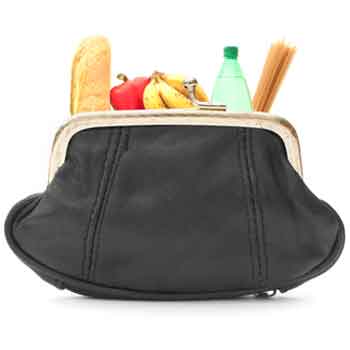
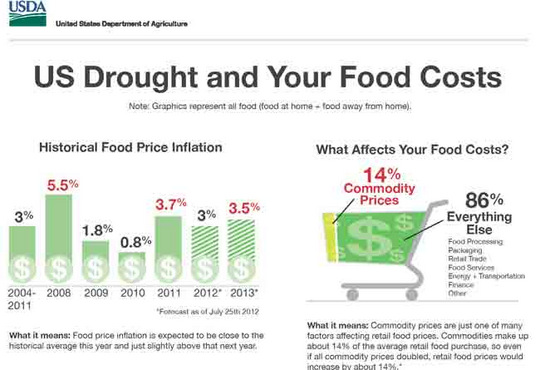
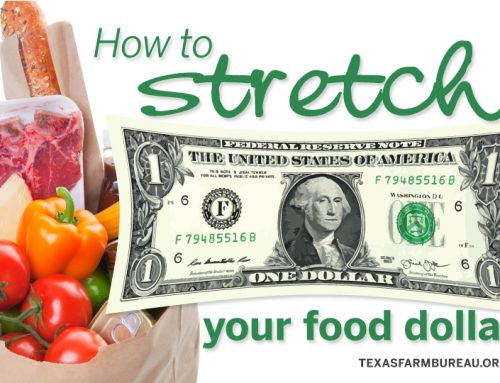
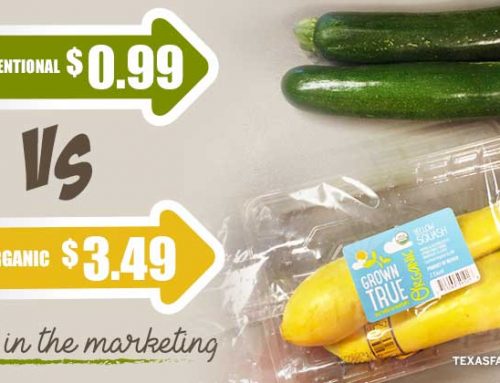
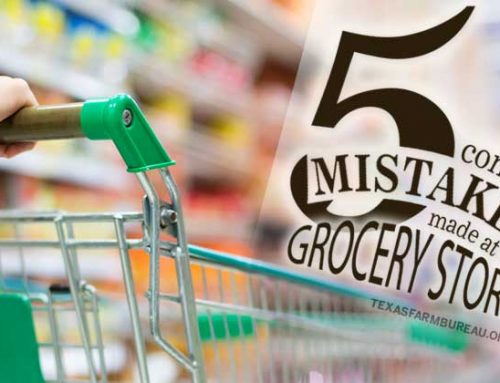
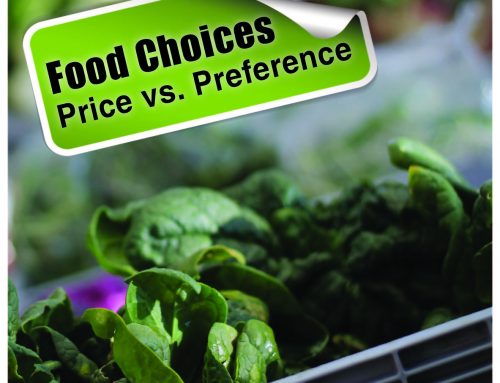




transportation is a big part of it, oil prices go up, then so does food.
hopefully there will be a breakthrough on energy in the near future.
Solar panels are coming down in price.
i planted 5 papaya trees last year, and ate papaya every day last fall. i am planting a lot more stuff this year. i will probably cut my grocery bill by %30 or more